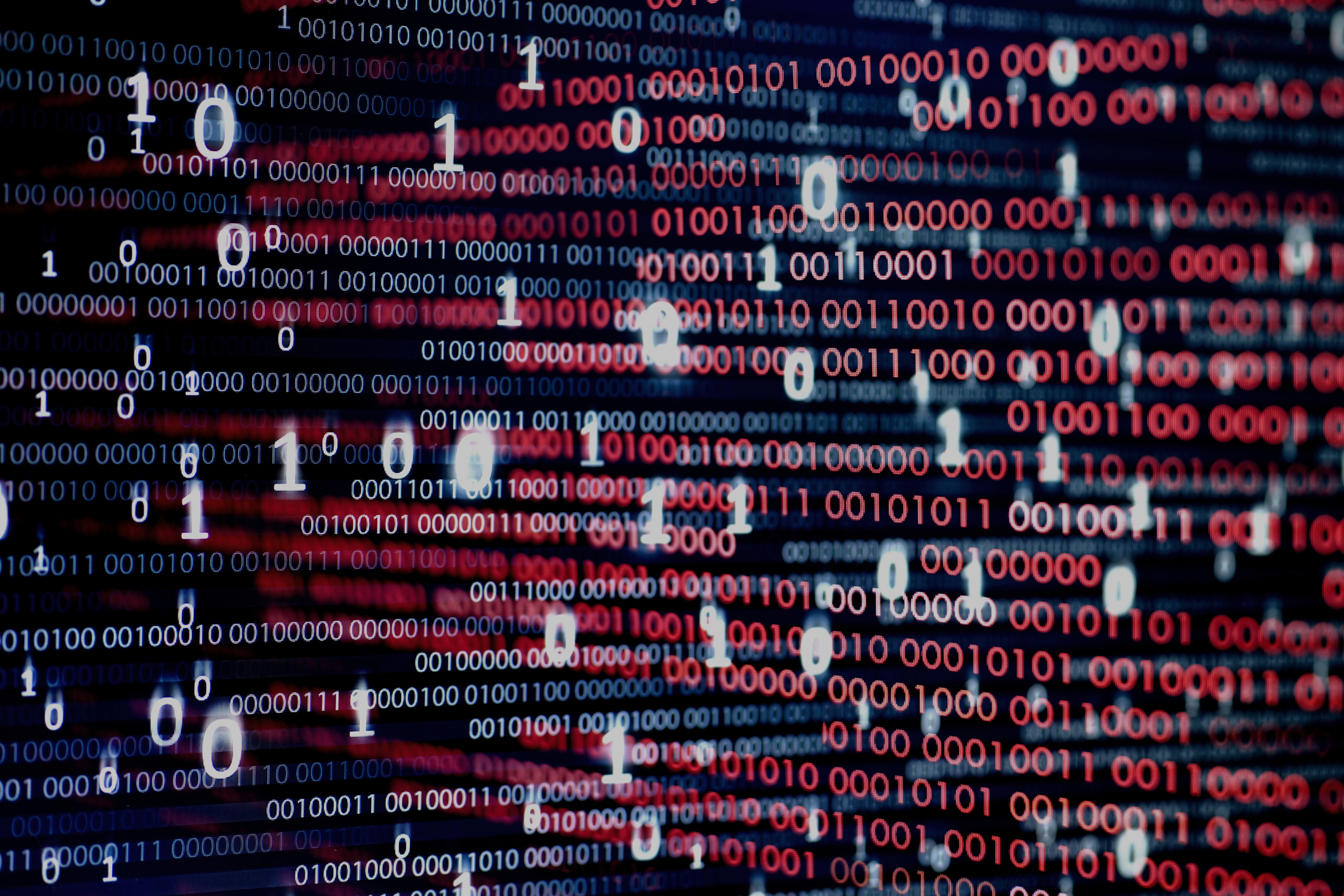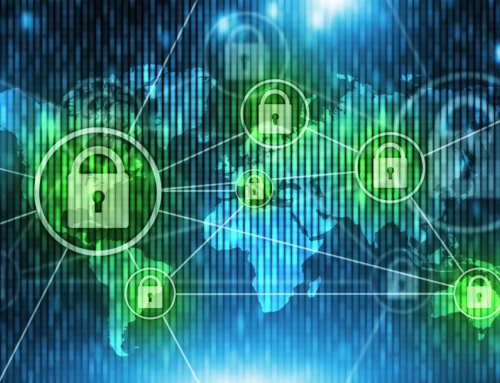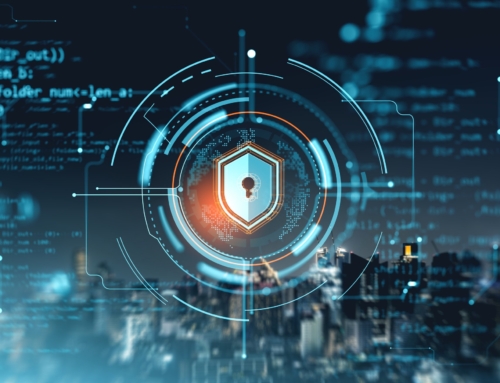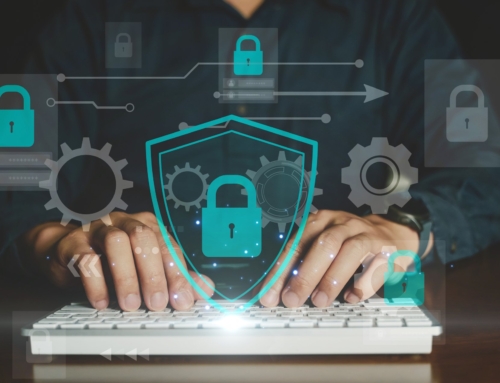Understanding Rhysida Ransomware: A Comprehensive Guide to This Emerging Threat
In the ever-evolving landscape of cybersecurity threats, ransomware continues to be a prominent weapon used by cybercriminals to disrupt businesses and organizations. Among the latest ransomware families making headlines is Rhysida, a sophisticated strain that leverages advanced tools and techniques such as Cobalt Strike, PSExec, SILENTKILL, and ChaCha20 encryption. This ransomware gang is quite sophisticated and is specifically targeting what they deem to be high value targets. This blog provides an in-depth look at Rhysida ransomware, its attack methods, and how organizations can protect themselves from this emerging threat. For immediate assistance, please call our 24-hour hotline at 1-877-662-6624 to speak directly with a live engineer who will initiate the process for you. Alternatively, you can email us at restore@alvaka.net.
What is Rhysida Ransomware?
First appearing in May 2023, Rhysida ransomware is a relatively new but rapidly spreading malware that encrypts data on infected systems, demanding a ransom for decryption. Like many modern ransomware variants, Rhysida uses double extortion tactics—where attackers not only encrypt data but also threaten to release sensitive information if the ransom is not paid. This makes the threat of Rhysida particularly damaging, as it can lead to both financial loss and reputational damage for the affected organization.
Key Technologies Used in Rhysida Attacks
To understand the severity of Rhysida ransomware, it’s essential to explore the key technologies and tools that attackers use in their campaigns:
- Cobalt Strike:
- Cobalt Strike is a legitimate penetration testing tool that has been co-opted by cybercriminals for malicious purposes. In Rhysida attacks, Cobalt Strike is often used to establish a foothold within a network, allowing attackers to execute commands remotely, move laterally across systems, and deploy ransomware payloads.
- PSExec:
- PSExec is another legitimate tool commonly used by IT administrators to execute processes on remote systems. In the hands of Rhysida attackers, PSExec is weaponized to distribute ransomware across multiple endpoints within an organization, increasing the speed and scale of the attack.
- SILENTKILL:
- SILENTKILL is a technique employed by attackers to disable security mechanisms and antivirus software on the target system. By neutralizing these defenses, Rhysida ransomware can operate undetected, significantly increasing the chances of a successful attack.
- ChaCha20 Encryption:
- ChaCha20 is a fast and secure encryption algorithm used by Rhysida to encrypt victim data. Known for its speed and security, ChaCha20 makes it difficult for victims to decrypt their data without the attacker’s decryption key, thus forcing them to consider paying the ransom.
The Attack Process
Rhysida ransomware typically begins with an initial intrusion, often through phishing emails or exploiting vulnerabilities in public-facing applications. Once inside the network, attackers use Cobalt Strike to establish a command-and-control (C2) channel, allowing them to explore the network and identify valuable data.
PSExec is then employed to deploy the ransomware payload across multiple systems. After the payload is executed, SILENTKILL techniques are used to disable security software, ensuring that the ransomware can encrypt files without interference. The final step involves encrypting the victim’s data using ChaCha20, followed by a ransom note demanding payment in exchange for the decryption key.
Impact and Consequences
The impact of a Rhysida ransomware attack can be devastating. In addition to the potential financial loss from paying the ransom, organizations may face significant downtime, loss of critical data, and damage to their reputation. The double extortion tactic employed by Rhysida also increases the pressure on victims, as the threat of sensitive data being leaked can lead to legal and regulatory consequences.
Protecting Against Rhysida Ransomware
Given the advanced techniques used in Rhysida attacks, organizations must take proactive steps to protect themselves. Here are some key strategies:
- Regularly Update and Patch Systems:
- Ensure that all systems, applications, and software are up-to-date with the latest security patches to prevent exploitation of known vulnerabilities.
- Implement Multi-factor Authentication (MFA)
- Implementing MFA is one of the most effective ways to protect against unauthorized access. Even if an attacker compromises a password, they will need a second form of authentication—such as a mobile app (Duo Security) or hardware token—to gain access. MFA significantly reduces the risk of privilege escalation and lateral movement within a network.
- Employee Training:
- Conduct regular cybersecurity training to educate employees about the dangers of phishing emails and how to recognize suspicious activity.
- Network Segmentation:
- Implement network segmentation to limit the spread of ransomware within your organization. This can help contain the attack to a specific segment, reducing overall damage.
- Backup and Recovery:
- Regularly back up critical data and ensure that backups are stored securely and offline. This allows for data recovery without paying the ransom if an attack occurs.
- Incident Response Planning:
- Develop and maintain a robust incident response plan that includes specific protocols for responding to ransomware attacks. Ensure that your response team is well-trained and prepared to act quickly.
Rhysida ransomware represents a significant threat to organizations worldwide, leveraging advanced tools and techniques to maximize its impact. Understanding the technologies used in Rhysida attacks, such as Cobalt Strike, PSExec, SILENTKILL, and ChaCha20 encryption, is crucial for developing effective defense strategies. By staying informed and implementing best practices in cybersecurity, organizations can mitigate the risks associated with this and other ransomware threats.
For immediate assistance, please call our 24-hour hotline at 1-877-662-6624 to speak directly with a live engineer who will initiate the process for you. Alternatively, you can email us at restore@alvaka.net.








 Smoke testing is a term used to describe the testing process for servers after patches are applied.
Smoke testing is a term used to describe the testing process for servers after patches are applied.  This is a basic cost calculator for you to compute your typical monthly cost for patching your servers, PCs, laptops, tablets and associated application software. It also forms the basis for you to begin calculating your Return on Investment for software patching, or for comparison with alternatives to the manual process of patching operating systems and application software—such as Patch Management as a Service, also known as Vulnerability Management as a Service.
This is a basic cost calculator for you to compute your typical monthly cost for patching your servers, PCs, laptops, tablets and associated application software. It also forms the basis for you to begin calculating your Return on Investment for software patching, or for comparison with alternatives to the manual process of patching operating systems and application software—such as Patch Management as a Service, also known as Vulnerability Management as a Service.